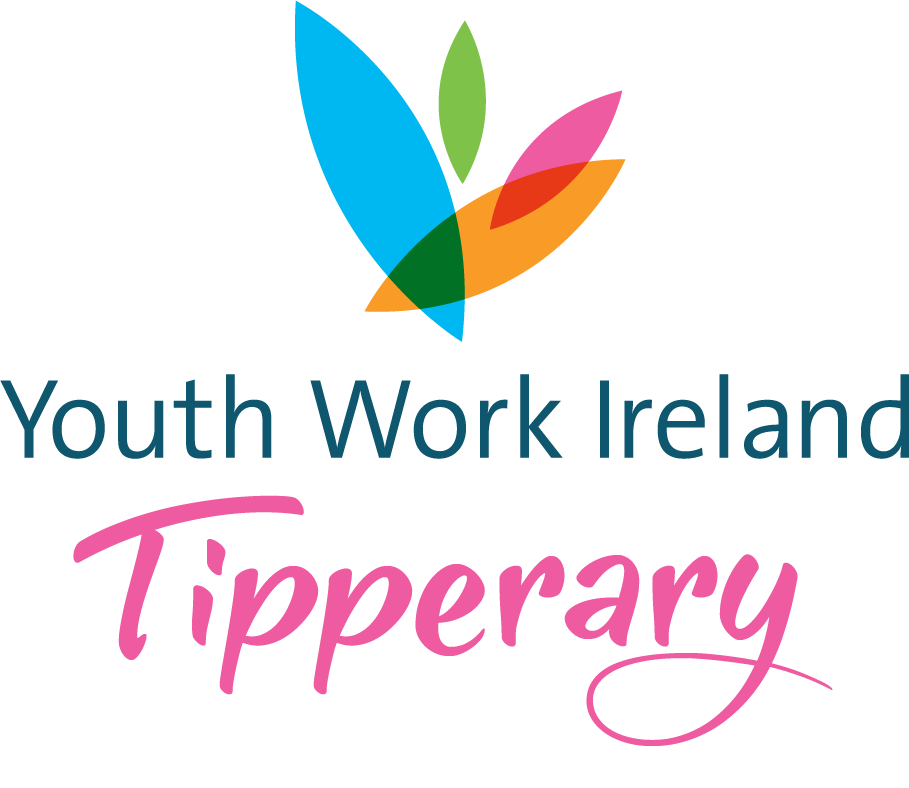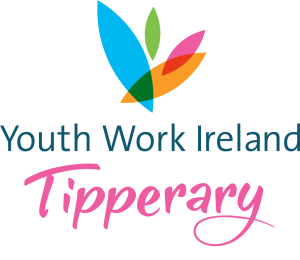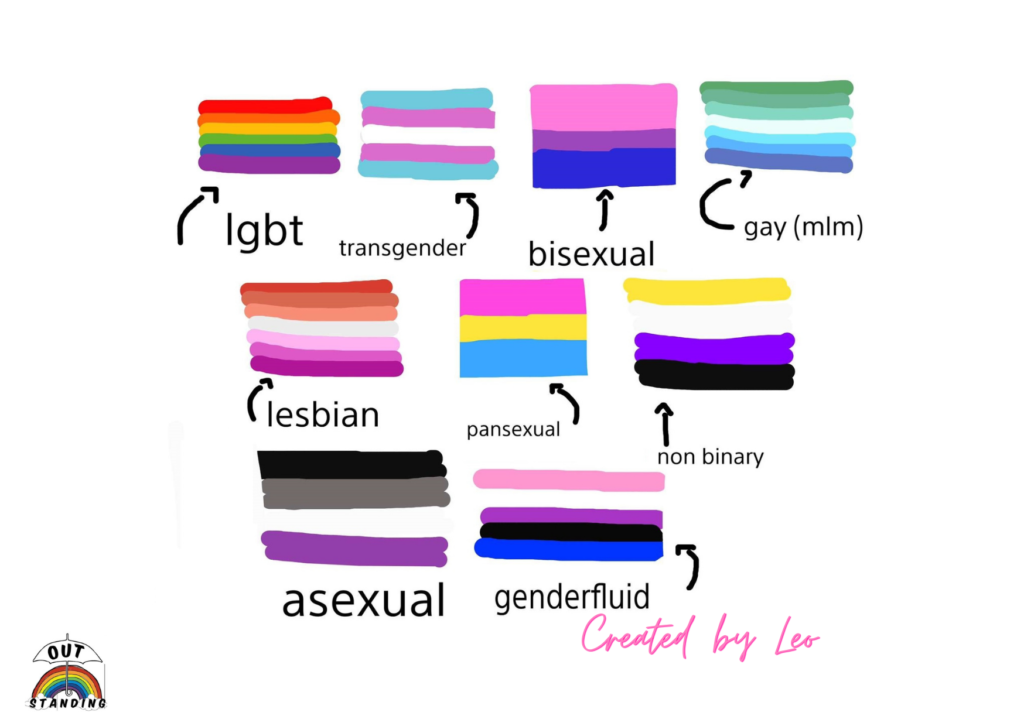
Below is a list of some of the flags that represent each identity/sexuality. Again this is not a definitive list. This link Pride Flags (unco.edu) has a more detailed list of pride flags.
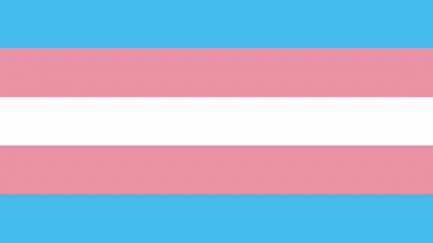
| Transgender – Blue represents the traditional colour for male; pink the traditional colour for female; and white represents those who are transitioning, intersex or genderqueer. |
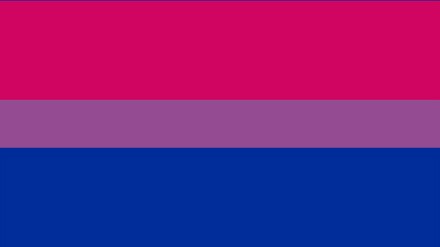
| Bisexual – Pink represents homosexuality; blue represents heterosexuality; and purple represents an attraction to both sexes. |

| Ally – It comprises the black & white to represent heterosexuality and an arrow from the rainbow flag to symbolise the former community’s solidarity with the latter. |
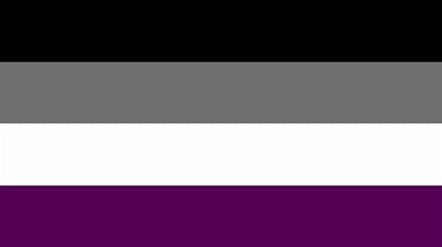
| Asexual – Black represents asexuality (a lack of sexual attraction to others, or interest in sexual activity); grey represents grey-asexuality and demisexuality; white represents non-asexual partners and allies; and purple represents ‘community’. |
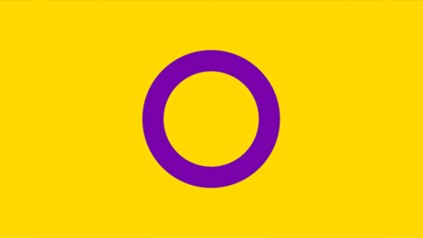
| Intersex – The flag was designed – by Intersex Human Rights Australia – to be ‘grounded in meaning, but not derivative’. The yellow and purple represent ‘hermaphrodite’ colours; the circle represents ‘wholeness and completeness’ |
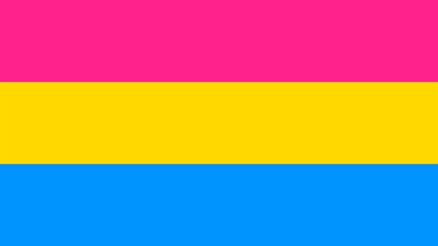
| Pansexual – Pansexuality is the attraction towards people regardless of their sex or gender. Blue represents those who identify in the male spectrum; pink represents those who identify in the female spectrum; and yellow represents non-binary. |
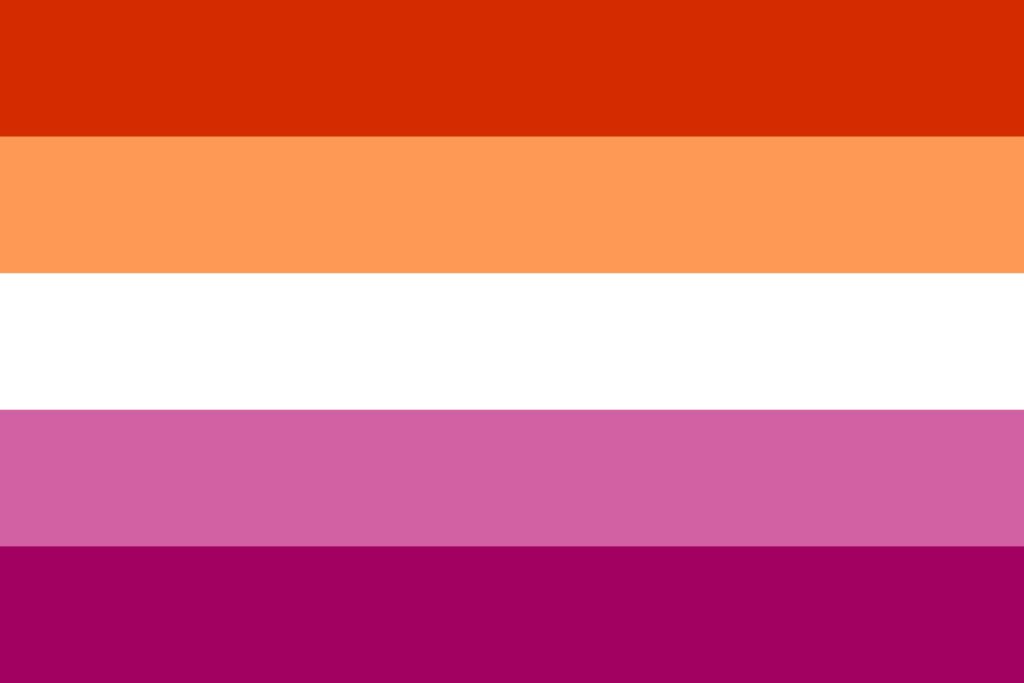
| Lesbian – is a woman attracted to another woman. The stripes, from top to bottom, represent ‘gender non-conformity’ (dark orange), ‘independence’ (orange), ‘community’ (light orange), ‘unique relationships to womanhood’ (white), ‘serenity and peace’ (pink), ‘love and sex’ (dusty pink), and ‘femininity’ (dark rose). |
